What really helps to relieve back pain
The truth is that there is no single cure-all, say experts. But devising a personal treatment plan will help.
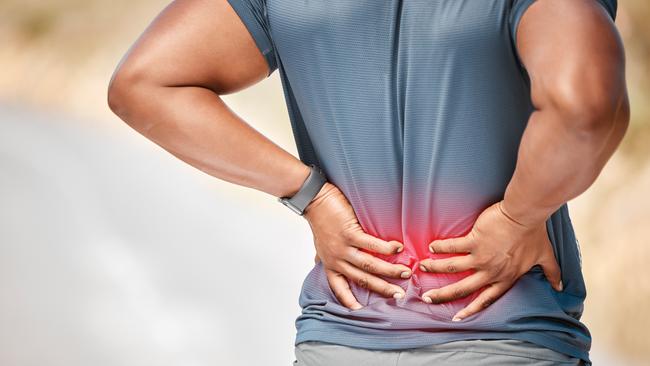
Up to one in six adults will experience some form of debilitating back pain. Lack of exercise, weight gain and stress are among the many causes, and the number of people working from home is not helping the prognosis.
It’s not just dealing with the immediate pain that can be problematic. Back issues that persist for more than three months come with a raised risk of cognitive decline, researchers warned recently.
Pain affects the volume of the brain’s hippocampus, which is associated with learning and memory. Someone aged 60 with chronic back pain might typically have a hippocampus that has aged a year faster than someone with no pain, according to a study published in the journal Proceedings of the National Academy of Sciences.
But as the number of back pain sufferers continues to rise, there remains no single solution to treating the problem. If you are one of them, where should you start?
Serge Nikolic, a consultant in spinal and pain medicine at the London Bridge Hospital and St Bartholomew’s Hospital, says that despite clever marketing for treatments, gadgets and exercise classes, there isn’t any evidence to suggest that one approach works significantly better than any other for treating chronic low back pain. What is effective, he says, is a bespoke cocktail of what’s available tailored to your needs.
“Back pain is benign but very complex and no two people respond in the same way to any combination of therapies,” Nikolic says. “Exercise that suits one person might not suit the next and if your back problems are acute and the pain intense taking up an exercise for the first time could be counter-productive for some people.”

It’s precisely this kind of holistic approach that was confirmed as the most effective treatment for back pain by Dr Johannes Fleckenstein, a researcher at the Institute of Sport Sciences at Goethe University in Frankfurt. Analysing data from 58 trials involving more than 10,000 patients worldwide with chronic low back pain, Fleckenstein found that with an individualised treatment plan, pain relief was 38 per cent higher than with standard treatment methods such as physiotherapy and strength or stability exercises alone.
“The key is to remain active because that is what your back wants, but to remain careful and to stop if you reach a threshold of pain when trying something,” Nikolic says. “You are looking not just for a magic bullet therapy, but for a healthy diet and activity plan, good sleep and all-round health to optimise the condition of your back.”
Here’s what to consider:

Should I take painkillers?
“Generally, the trend is to avoid medication in the treatment of back pain whenever possible,” Nikolic says.
Paracetamol on its own is likely to be ineffective. “It can be beneficial to take ibuprofen in combination with paracetamol and alongside gentle activity to reduce inflammation in the early stages,” Nikolic says.
“But they should not be relied upon long term.”
Last year a study involving half a million British adults found that those who used anti-inflammatory painkillers including ibuprofen to treat a sore back were at a 70 per cent higher risk of developing long-term pain compared with those who had taken alternatives such as paracetamol.
It was suggested by researchers from McGill University in Canada that anti-inflammatory medication might dampen a part of the immune system that plays an important role in repairing damage.
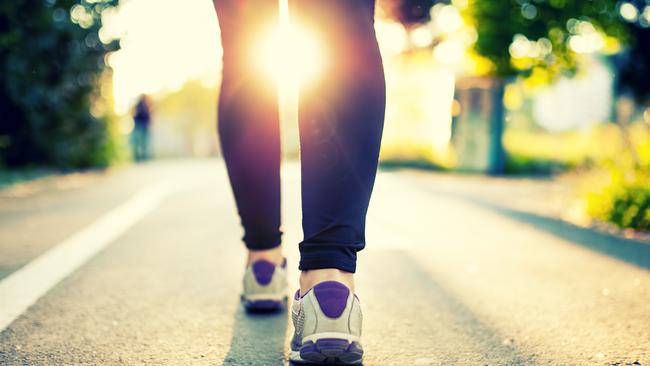
A daily walk will make a difference
If you do nothing else for general back health, do go for a daily walk. “It doesn’t have to be power-walking, but make sure it’s not dawdling either,” Nikolic says. “Walking is underrated but helpful in improving back mobility and strength.”
It also provides mood-enhancing and analgesic effects that can block pain, and one study of more than 5000 middle-aged adults, some of whom had experienced back pain for at least four weeks, found that those who walked for up to an hour at least three times a week were less likely to experience it.
Is yoga a good thing for back health?
Yoga on its own won’t resolve your back pain, but done carefully under the watchful eye of an instructor as part of a wider approach, it might bring some benefits, according to a recent Cochrane review of 21 trials that involved 2,223 participants in their forties or fifties. The lead author Susan Wieland, of the Centre for Integrative Medicine at University of Maryland School of Medicine, reported that three months of yoga might help to bring small improvements for people with chronic non-specific low back pain but says it’s unknown whether it offers benefits above and beyond other forms of exercise.
“Our findings suggest that yoga may lead to improving back-related function and reducing back pain by a small amount,” Wieland says. “But they also suggest there may be little or no difference between yoga and other back-focused exercise in terms of improvements in back-related function at three and six months.”

Does Pilates ease back pain?
Devotees of Pilates claim the low-impact stretching and resistance exercise is unrivalled at strengthening the core muscles that wrap around the spine to support good posture. But how effective is the approach at preventing back pain? Nikolic is a fan of any exercise that helps to strengthen the core muscles and Pilates gets a tick for that reason. And when researchers from Italy recently reviewed 11 papers on Pilates and back pain for a study in the journal European Review for Medical and Pharmacological Sciences they concluded that it was helpful in improving muscular strength and endurance and “may decrease pain and movement restrictions”.
Daniel Belavy, an associate professor at the Institute for Physical Activity and Nutrition at Deakin University in Victoria, also found Pilates to be helpful for some people with low back pain in his review of different types of exercise for a study in the British Journal of Sports Medicine. However, he stressed that it should be part of an overall activity routine.

Is running bad for your back?
If you have acute back pain, Nikolic advises against any high-impact activity. “If you run when you are in pain it won’t necessarily cause any further damage but might potentially increase the pain and associated muscle spasm,” he says. “Ultimately it might prolong the course of recovery.”
In the long term, running and walking are important for back health and might help to ward off pain. Belavy recruited 79 adults for a study, one third of whom classed themselves as non-exercisers and the others grouped either as “long-distance” runners covering more than 50km a week or regular runners who clocked up 20km-40km a week. All of the runners had been doing the activity for an average of five years. When Belavy and his team conducted MRI scans of the participants’ spines, they found the spinal discs of all of the runners to be healthier than those of the non-runners.
And the good news is you don’t need to run fast to gain these benefits. Belavy found that the biggest gains for spine health came at a pace of about 129 brisk walking or slow jogging steps per minute.
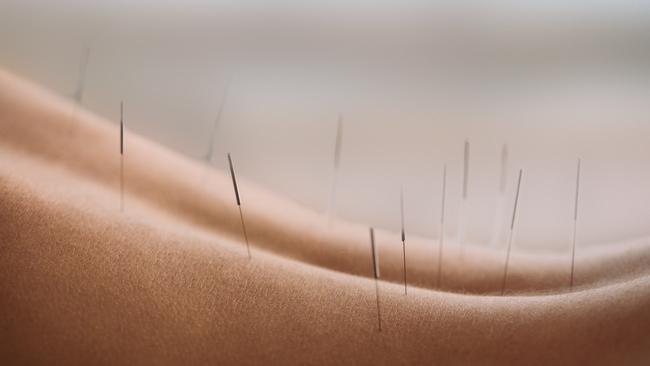
Will acupuncture ease the pain?
Guidelines from the National Institute for Health and Care Excellence drawn up in 2021 suggest that for people with persistent back pain lasting more than three months, acupuncture is recommended as a treatment option. Acupuncture trained physiotherapists are able to offer the treatment to patients as part of their recovery and pain management program.
“Acupuncture is good – and is certainly harmless,” Nikolic says. “It tends to relieve the muscle spasms that often accompany back pain.” When the back is irritated and inflamed, the spine bypasses the brain to instruct muscles to spasm to protect the back from moving. “Acupuncture can relieve this and is effective for some people, even though there are not definitive studies suggesting it will work.”
How much of an effect it will have varies from person to person and some of the benefit might be psychological. People with back pain who had low expectations of acupuncture before trying a course of the treatment gained less benefit than people who believed it would work, a study of 485 people at the University of Southampton suggested. A Cochrane review found acupuncture to be more effective than no treatment in improving pain and function in the immediate term.
Do CBT and talking therapies make a difference?
Cognitive behaviour therapy is a type of talk therapy that might help some people to reduce the negative thoughts and behaviours surrounding pain that can exacerbate it. It is one of the psychological therapies – others include acceptance and commitment therapy – suggested by NICE for the management of chronic pain in people over the age of 16. When the research team from Goethe University headed by Johannes Fleckenstein included CBT as part of an individually tailored treatment plan for people with chronic low back pain, the combination produced an impressive 84 per cent higher success rate in terms of pain relief than standard treatment such as physiotherapy on its own.

Do antidepressants work for back pain?
Nikolic says there was a time when doctors were encouraged to prescribe antidepressants for people with chronic back pain but that now their use is “entirely discouraged and while they still have their place for certain patients they are generally overprescribed for pain conditions”. Some types are more effective than others. Last month a review of 26 studies looking at the safety and effectiveness of antidepressants in the treatment of chronic pain conditions including back pain was published in the BMJ.
Serotonin-norepinephrine reuptake inhibitors – antidepressants such as duloxetine – were found to work better for back pain. How antidepressants might work is by “alerting the biochemical background of the nervous system to improve pain perception”, Nikolic says. He says that up to 30 per cent of back pain patients report some benefits from taking them. “They might also enhance overall wellbeing which results in self-optimisation of the muscles and of pain itself. However, there is not enough robust evidence to show that they are superior to other forms of treatment for back pain and I certainly would not consider them as a first line treatment.”
THE TIMES



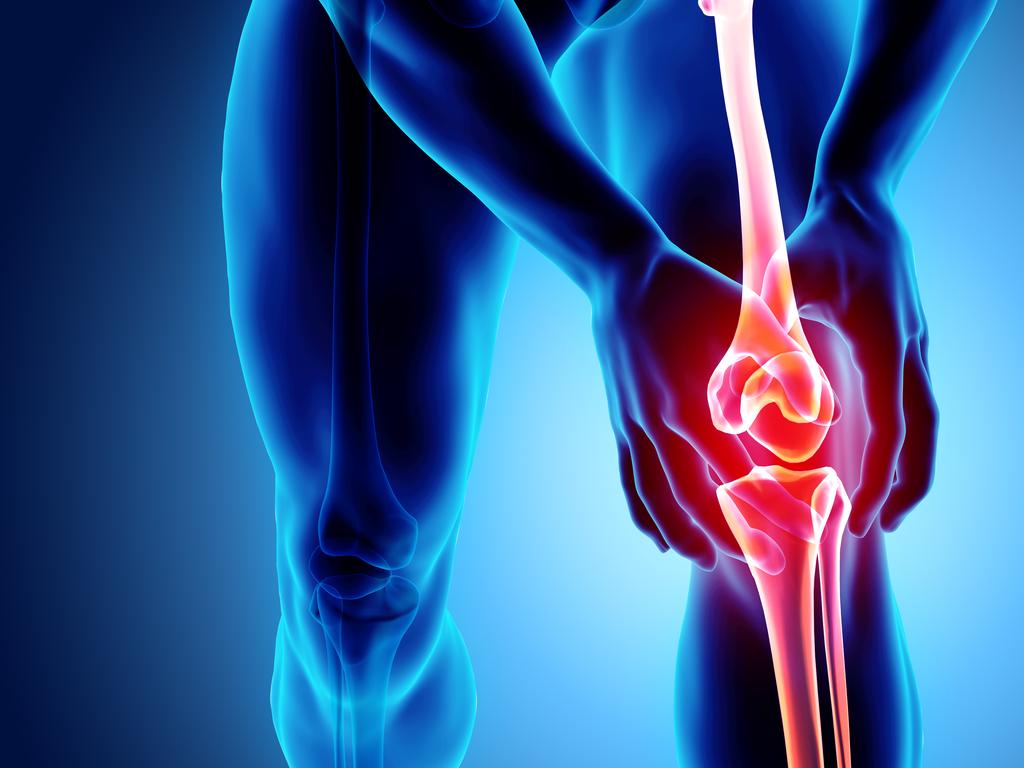
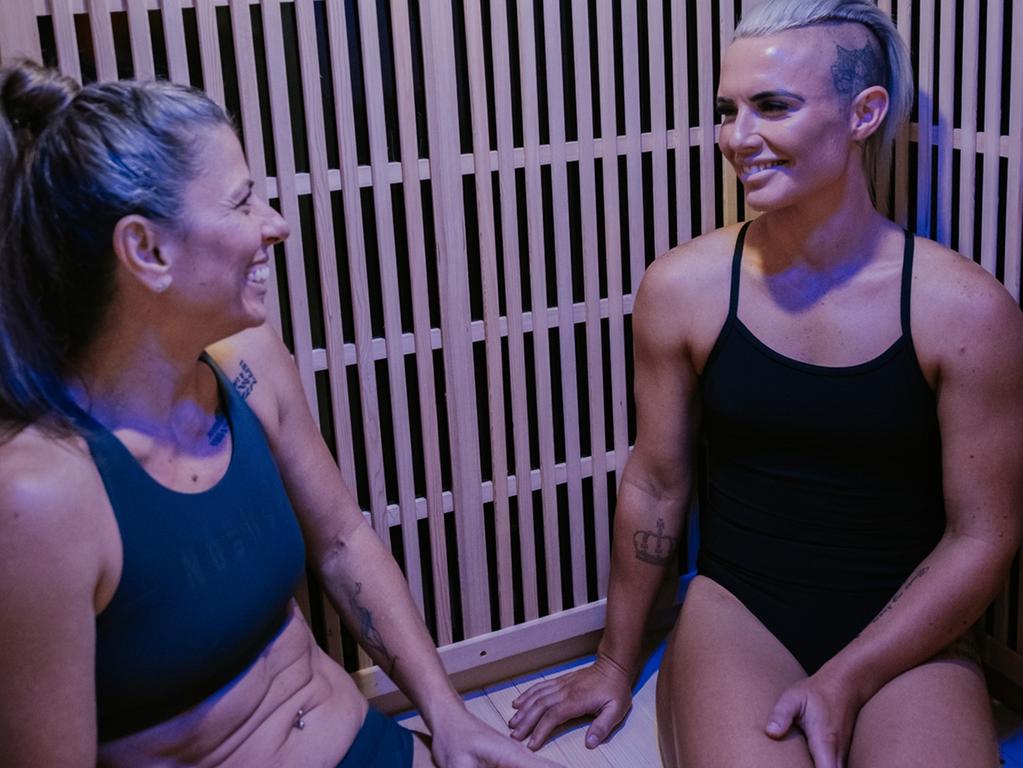


To join the conversation, please log in. Don't have an account? Register
Join the conversation, you are commenting as Logout